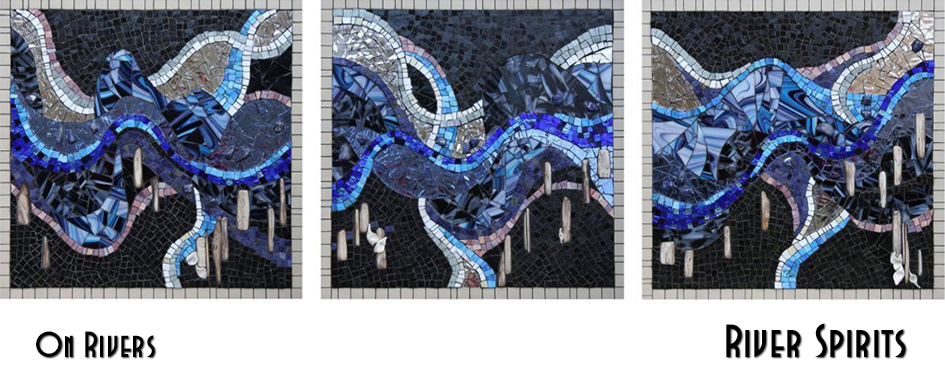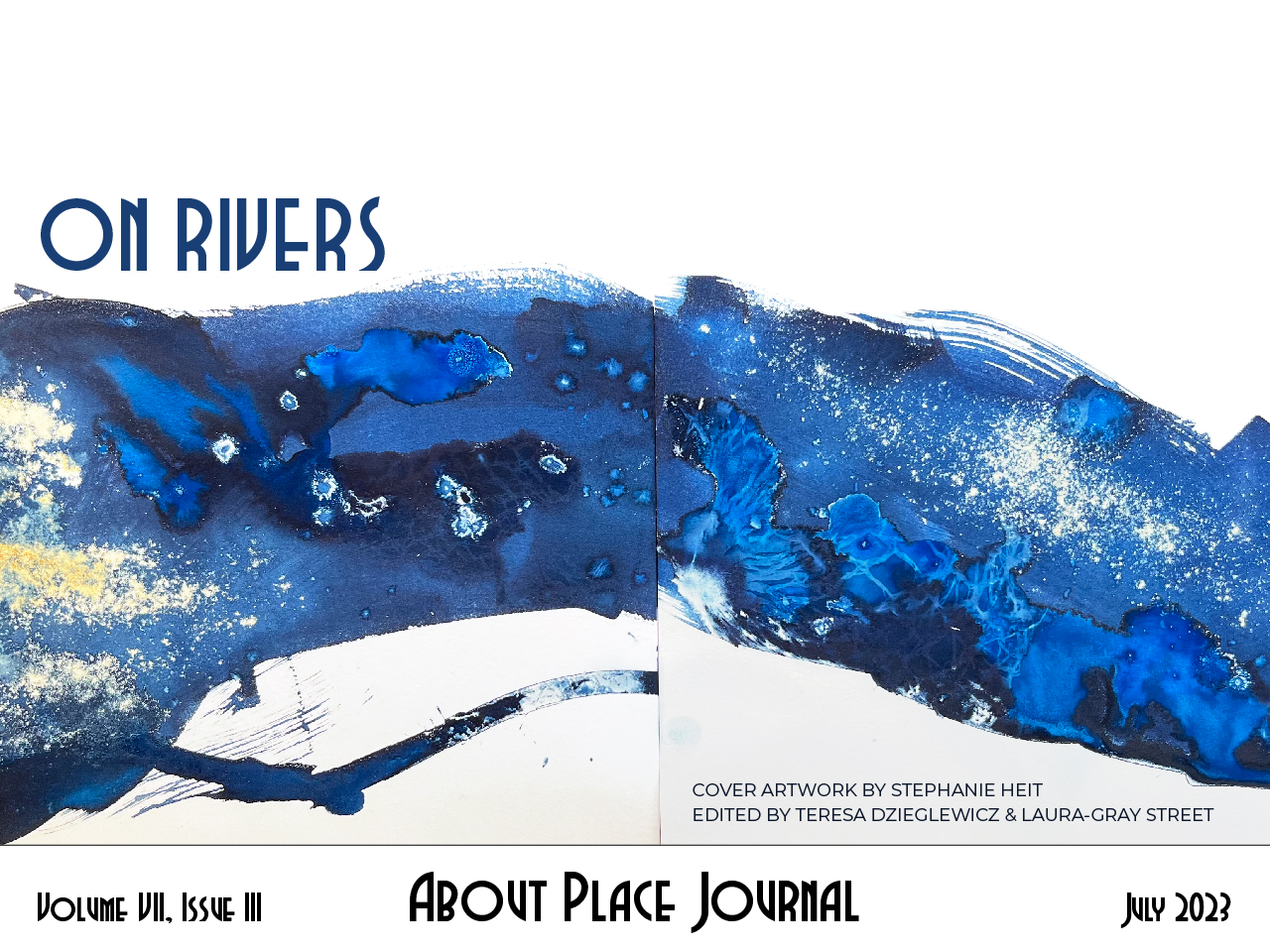In the tale the snake is a hero
who must be broken
from his lowly scales to skin—scrubbed
with vigor, thrown against walls.
I push stuffed endive
and smoked salmon across
a plate at my mom’s favorite place,
concerned about her rapid weight loss
and subtle confusion.
I find a picture from 1928 that shows
a brace of draft horses
hauling a massive log past the front
of this very restaurant’s
existing brick façade. Refinery fires
hang a murky lampshade over the estuary.
Fifteen miles up the Skagit
is a stand of old growth. The draining
of chlorophyl makes room
for the autumnal rusts and yellows.
Chinook salmon commence upriver
migration. There were so many
longhouses on the river
where my mom spent her midcentury
girlhood and so much death
so fast. Settlers pillaged fenceposts
from the dwellings. Acres of fences
from the walls of longhouses.
Mountains huddle close, handsome dun
quarter horses fleck the pastures,
and dull yellow flags with broken snakes
replace curtains. Once near Lyman,
barrel racing on a fat but wickedly nimble
quarter horse, I fell on a sharp turn
so hard I splintered a piece
of fencing. One plank shattered
in the rough form of a sword. I slip
into the river and submit
to its opaque pull. Snakes
are broken to pieces on the road.
Late is the day.


